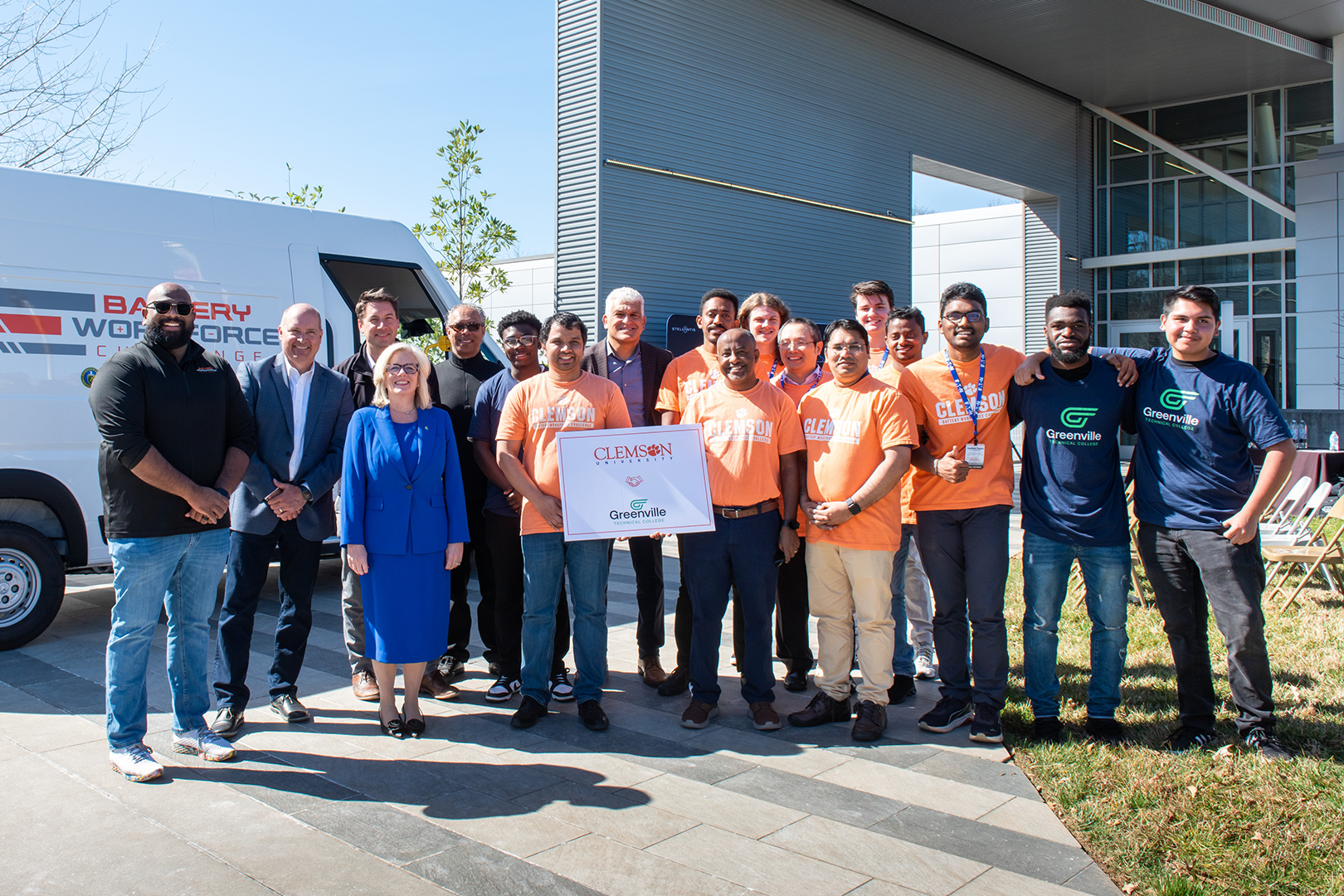- About
- Education
- Industry
Industry
Industry & Partnerships
CU-ICAR brings education, applied research, and corporate engagement together to create a global venue for public-private partnerships.
- Research
Research
Impactful research for the real world.
See how we’re developing cutting-edge technologies through expertise and industry partnerships.
- Partners
- Campus
Campus
A truly collaborative environment.
The 250-acre CU-ICAR campus is composed of five technology neighborhoods, designed for optimizing innovation and collaboration.
- News
- Contact
- About
- Education
- Industry
Industry
Industry & Partnerships
CU-ICAR brings education, applied research, and corporate engagement together to create a global venue for public-private partnerships.
- Research
Research
Impactful research for the real world.
See how we’re developing cutting-edge technologies through expertise and industry partnerships.
- Partners
- Campus
Campus
A truly collaborative environment.
The 250-acre CU-ICAR campus is composed of five technology neighborhoods, designed for optimizing innovation and collaboration.
- News
- Contact
- About
- Education
- Industry
Industry
Industry & Partnerships
CU-ICAR brings education, applied research, and corporate engagement together to create a global venue for public-private partnerships.
- Research
Research
Impactful research for the real world.
See how we’re developing cutting-edge technologies through expertise and industry partnerships.
- Partners
- Campus
Campus
A truly collaborative environment.
The 250-acre CU-ICAR campus is composed of five technology neighborhoods, designed for optimizing innovation and collaboration.
- News
- Contact





